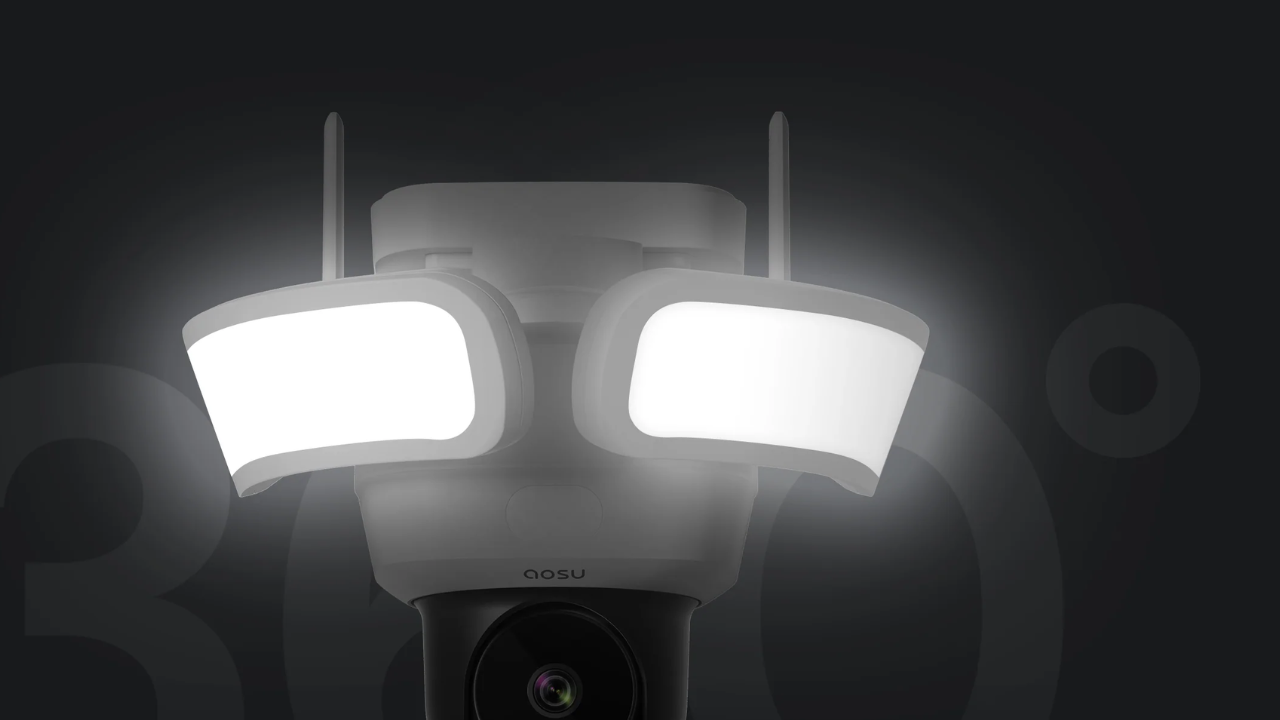They normally include a transmitter (button) placed near the door and a receiver in the residence, communicating through radio indicators. This setup permits flexibility in placement, as receivers can be plugged into any trendy electrical outlet or run on batteries.
Key advantages include smooth setup, regularly requiring no drilling or wiring, making them best for renters or the ones fending off protection hassles. Many models offer a huge range of chimes or melodies, allowing customization to fit healthy personal preferences. A few advanced variations combine with smart home structures, permitting notifications on smartphones or compatibility with voice assistants like Alexa or Google Assistant. Moreover, wireless doorbell also enhance protection by alerting house owners to visitors at the door, even if they're far away from the access factor.
Tips To Troubleshoot Common Issues of Wireless Doorbells
Troubleshooting wireless doorbells entails addressing numerous, common issues that users may additionally encounter. Right here are some guidelines that will help you troubleshoot and resolve those problems efficiently:
Check the Power Source and Batteries
Checking the power source and batteries is crucial when troubleshooting wireless doorbells. Make certain both the doorbell receiver (chime unit) and transmitter (button) have clean batteries or are properly powered. Vulnerable batteries can cause intermittent operation or complete failure. For receivers that plug into shops, verify they're securely plugged in and receiving electricity. Retaining an adequate power supply is critical for the dependable overall performance of your wireless doorbell machine.
Verify the Signal Range and Interference
Verifying signal range and addressing interference are key steps in troubleshooting wireless doorbells. Ensure the transmitter and receiver are of the particular variety as outlined within the product manual. Avoid boundaries and steel items that could impede signals. Interference from different digital gadgets or neighboring wireless systems can also disrupt sign transmission. Function the doorbell components strategically to decrease interference, making sure the highest quality signal power and reliable operation of your wireless doorbell.
Adjust Volume Settings
Adjusting the settings for your wireless doorbell receiver can solve problems with sound output. In case you are aware the doorbell isn't ringing audibly sufficiently or is muted, find the extent of controls on the receiver unit. Increase the volume to an appropriate stage with the usage of the adjustment buttons or switches supplied. A few models might also have more than one extent degree or a mute alternative that may be toggled. Adjusting the extent ensures you may hear the doorbell ring in reality while someone presses the transmitter button.
Inspect for Physical Damage
Inspecting for physical damage is vital while troubleshooting wireless doorbells. Have a look at each transmitter and receiver for any signs of damage, such as cracks, water ingress, or broken components. Bodily damage can impair the capability of the doorbell machine, leading to troubles like signal loss or intermittent operation. Replace any damaged components or additives as essential to restore the right operation and ensure the reliable overall performance of your wireless doorbell.
Update Firmware or Software
Updating firmware or software can cope with potential troubles with wireless doorbells. Check the manufacturer's internet site for any updates specially designed to improve performance or restore bugs. Observe the provided commands to download and deploy the ultra-modern firmware or software program onto your doorbell system. Updating guarantees compatibility with newer devices enhances protection functions, and can solve connectivity troubles or other technical system faults. Always backup settings and observe manufacturer hints to safely update firmware or software to your wireless doorbell.
Reset to Factory Defaults
Resetting your wireless doorbell to manufacturing unit defaults can troubleshoot persistent problems. This system clears all settings and restores the device to its original configuration. Typically, you could initiate a manufacturing facility reset by pressing a reset button or following precise instructions in the product guide. Be aware that resetting will erase any custom-designed settings or paired gadgets, so you may additionally want to re-sync the transmitter and receiver later on. Factory resetting can resolve software program system defects or configuration problems affecting your wireless doorbell gadget.
Consult Manufacturer Support
If troubleshooting steps fail to solve problems together with your wireless doorbell, touch the producer's customer support for help. Provide details about the trouble and steps you have already taken to troubleshoot. Manufacturers can offer specialized troubleshooting recommendations, assurance statistics, or advice on restoration or alternative alternatives if essential. They'll also offer firmware updates or additional assets to help resolve technical troubles with your wireless doorbell efficiently. Continually preserve your product information and purchase information available while contacting help.
Sum Up
By following these tips, you could successfully troubleshoot common problems with wireless doorbells and ensure smooth operation. Consider seeking advice from the precise product manual or manufacturer's commands for unique guidance tailor-made for your doorbell version. Addressing electricity, signal variety, interference, tool pairing, quantity settings, physical damage exams, firmware updates, and producer support can clear up most troubles. Those steps help maintain the reliability and capability of your wireless doorbell device, ensuring you in no way leave out a tourist once more.


